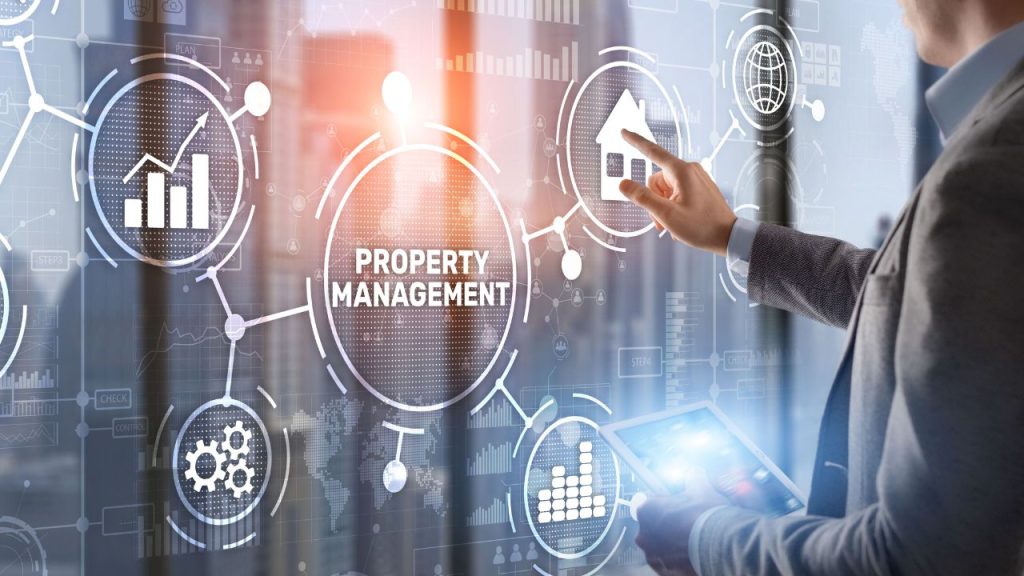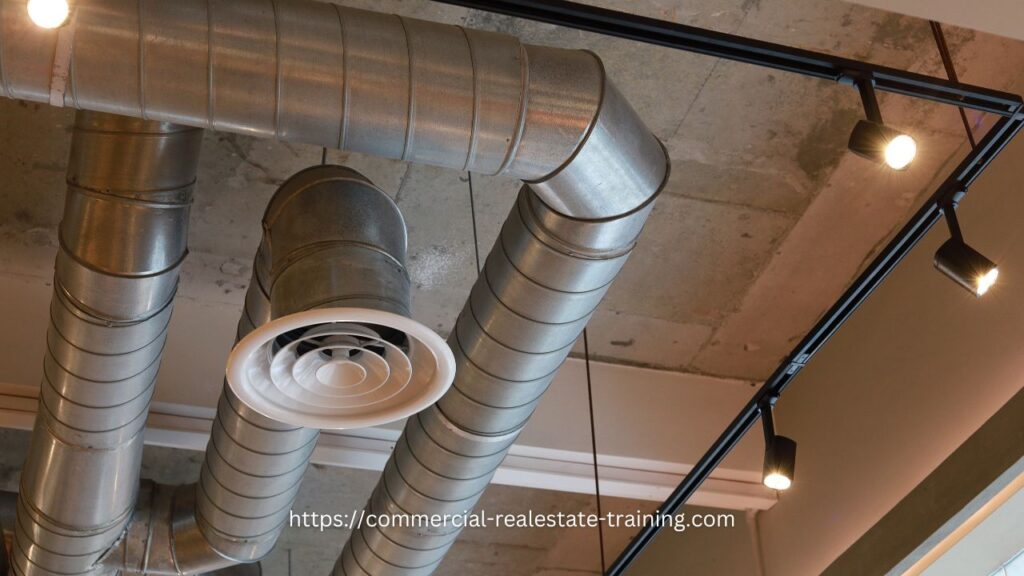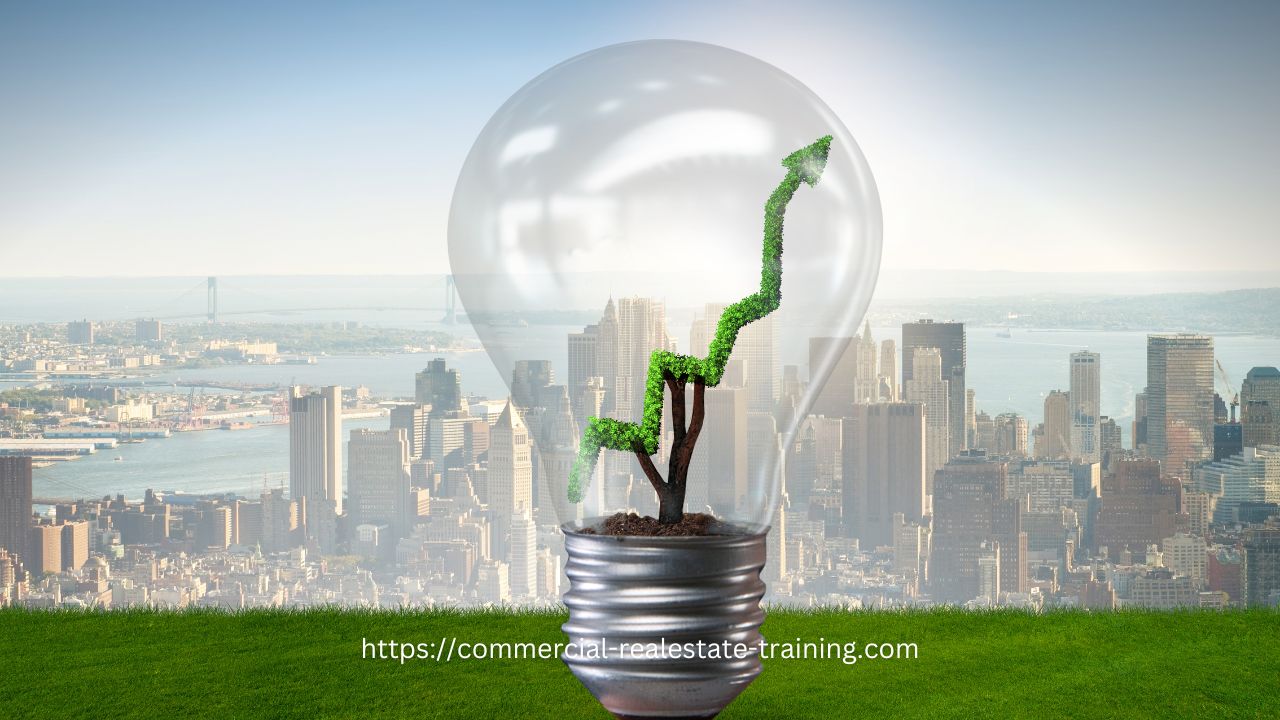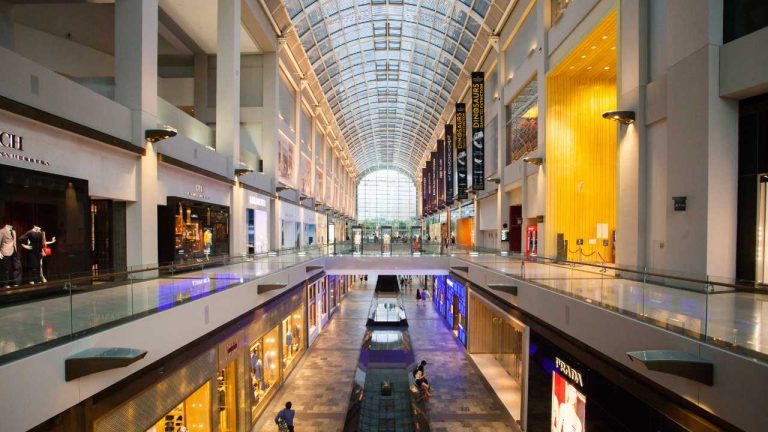Commercial Property Management – Huge Savings in Energy Management Today
Energy management can be a major issue when managing a commercial, industrial, or retail property today. Energy can account for a large percentage of the building’s operational costs.
Let’s think about costs. There are two types of outgoings in a commercial, industrial, or retail property: the ‘controllable outgoings’ and the ‘uncontrollable outgoings’. The tenants lease will allow you to recover some of those costs. Review the lease before you start the assessment of energy in your property.

Operational Costs
The ‘controllable outgoings’ are the ones that you can exercise some discretion and control over. You can choose how you do something in the managed property and when it is done (if at all).
Most commercial real estate repairs and maintenance activities are ‘controllable’, with only the breakdowns being something you do not know much about and, therefore, you cannot plan for them. Even with breakdowns, you have some cost control factors for the repair and how it is done.
The ‘uncontrollable outgoings’ can be a frustration for many a property manager or landlord. These outgoings are usually rates and taxes applicable to the property ownership.

Energy Consumption
So where does ‘energy’ sit with these categories? In the practical sense, it is somewhere in the middle. You must have energy to operate the property, but you have choices on how you use the energy.
Every year, when you plan your property budget, you really should take a serious look at how you are running the building from an energy perspective. Can you save money? Can you recover more energy costs? Can you cut energy costs?
Plant and Equipment Contractors
To help you handle these questions, it is a good policy to get in with your maintenance contractors who know the plant and equipment in the building. Ask them about today’s property and how it can be changed to create savings. Some of that plant and equipment will be using huge amounts of energy. That will usually be in:
- Lifts
- Escalators
- Air conditioning
- Common area power
- Common area lighting
- Security systems
- Essential services
- Tenant power
- Landlord power
- Car parking operations and power

Energy Strategies
So what can you do here? Here are some ideas to help you.
- The plant and equipment’s operational cycles can be changed to start and stop at different times. Normally, the building will be operational between 8 a.m. and 5 p.m. Monday through Friday. In the case of a retail property, you will have extended hours and weekends. So, how does your building serve its customers and tenants? Can you improve things with energy?
- Seasonal changes between summer and winter will allow the air conditioning to operate differently. Autumn and spring are usually the times to adjust the energy consumption and operational times of the air conditioning.
- The number of tenants in a property will impact energy requirements in common areas.
- Better plant and equipment will allow lower costs for the building to operate.
- Lights and sensors will save money when lighting common areas.
- Property use will vary the demands of tenants and customers. The visitors and customers accessing tenant areas will also put energy pressure on the property and tenancy.
- Energy can be purchased from alternative suppliers at better rates. These should be investigated.
- Recovery of tenant power and standard power should always be checked. Make sure that you are recovering all of your tenant power that is allowed under the terms of the lease.
- Think about how the property’s common areas are used and how people move in and around them. You can consider modifications to the use of common areas and the lighting and power systems in common areas.
You can add to this list based on your property type and local climate. Look for energy savings; you will find some.






